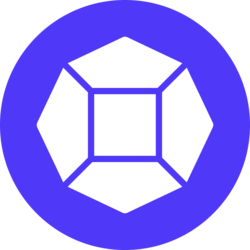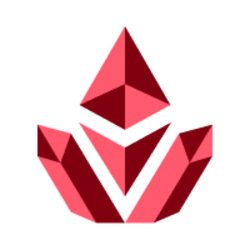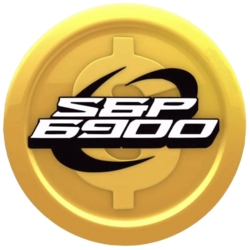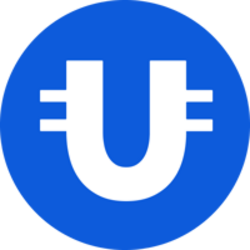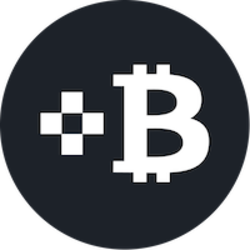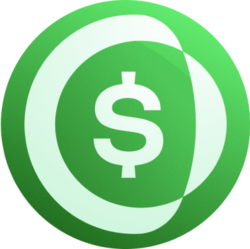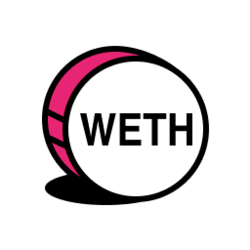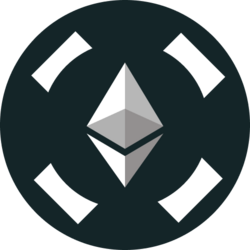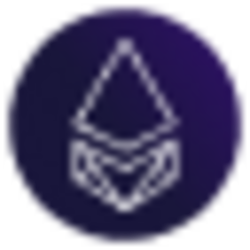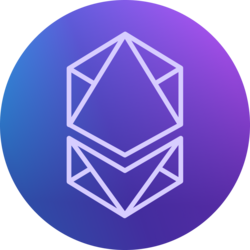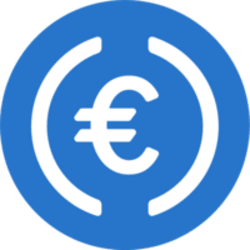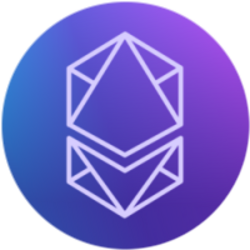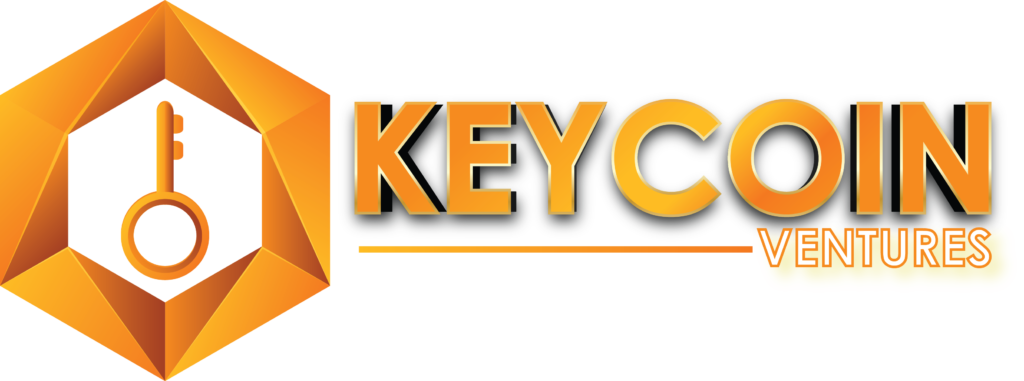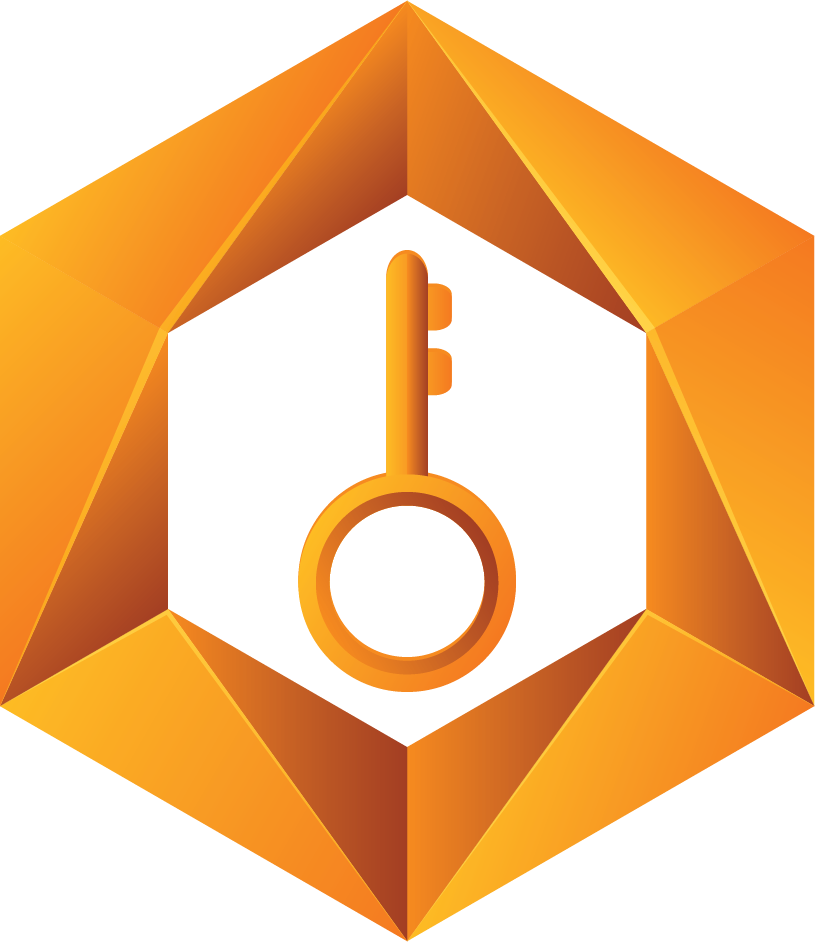ALL ABOUT SOLANA
What is Solana (SOL) ?
Solana was created in 2017 by Anatoly Yakovenko and Raj Gokal. Yakovenko, who is also the CEO of Solana Labs, came from a background in system design and wanted to apply this knowledge and create a brand new blockchain that could scale to global adoption. Solana boasts a theoretical peak capacity of 65,000 transactions per second and has become one of the most highly used blockchains due to its speed and low transaction costs. Solana runs on a hybrid protocol of proof-of-stake (PoS) and a concept Solana calls proof-of-history (PoH). Solana is also said to be an “Ethereum competitor,” due to its distinct advantage over Ethereum in terms of transaction processing speed and transaction costs. Solana can process as many as 50,000 transactions per second (TPS), and its average cost per transaction is $0.00025. In contrast, Ethereum can only handle less than 15 TPS, while transaction fees reached a record of $70 in 2021.
Solana is the world’s most performant blockchain — currently, it can handle 50,000 transactions per second with 400 millisecond block times.
SOL in practice
Solana’s native cryptocurrency is SOL. It’s used to pay transaction fees and for staking. As mentioned previously, Solana uses a combination of Proof of Stake and a new mechanism called “Proof of History (PoH).” Comparing the two, PoS permits validators to verify transactions based on how many coins or tokens they hold; PoH allows those transactions to be time-stamped and verified at faster speeds. The Proof of History consensus mechanism accomplishes this by keeping time between computers on a decentralized network without all the computers having to communicate about it and come to an agreement. Participants stake their own SOL to become a validator, in exchange for a chance at earning new Solana and a cut in fees. SOL also serves as a “governance token,” meaning that holders also are able to vote on future upgrades and governance proposals that are submitted by the Solana community.
Why Solana?
This is the cool part — Solana is engineered for widespread, mainstream use by being energy efficient, lightning fast, and extremely inexpensive.
Many of the core Solana builders, like co-founder Anatoly Yakavenko, have a background in building cell phone networks. That means that they are singularly focused on building for scalability (the ability to grow) and efficiency (the ability to get the most information across with the least amount of resources). They believe that in order for people to build the projects that will get the public using blockchain technology, you need to make it as easy and painless as possible for people to experiment and use the technology as possible.
Some of the current leading blockchain technologies use energy-hogging, time-consuming mining — or solving very complex calculations — to validate security, and have fees that can range into the hundreds of dollars per transaction. Solana uses what’s called proof of stake to validate information — there’s no mining involved — and a special innovation called proof of history on top of that that allows it to validate even quicker. That makes it extremely efficient, using energy at the same scale as a few Google searches and significantly less energy than other regular household uses like running your refrigerator. Transaction fees, which are used to maintain blockchain networks and have ballooned elsewhere, are a fraction of a cent on Solana.
All of that translates into projects and tools built on Solana that can be as frictionless and easy to use as the rest of the internet, for both developers and users.
Use cases of SOL ?
Transaction fees: The SOL token is used to pay transaction fees on the Solana network, which are remarkably low thanks to the high throughput of SOL. Transaction fees on SOL average $0.00025 per transaction.
Staking: Like many other cryptocurrencies, holders can stake their SOL for rewards, governance voting and gain eligibility to become a validator.
dApps and smart contracts: Similar to Ethereum, SOL uses smart contracts that support decentralized applications, and there is a tremendous variety of dApps that exist in the SOL ecosystem.
Creating currencies: Many dApps within Solana have created their own currencies, which power their projects. SOL is an attractive blockchain for this use due to its scalability.
Why is SOL getting attention?
ETH alternative: Solana is an increasingly popular alternative to Ethereum thanks to its lower fees and faster speeds.
Hub for NFTs: With lower congestion than other blockchain platforms, SOL could become a standard for those looking to build and host an NFT marketplace or explore gaming applications in crypto.
DeFi projects: The Solana ecosystem houses a wide variety of DeFi projects, such as decentralized exchanges (DEX), lending protocols, crypto wallets, investment platforms, and payment systems.
Does Solana Have a Future?
Solana has a solid following and is popular with traders and investors. However, it is difficult to say how Solana will end up in the future.
Is Solana a Buy, Hold, or Sell?
It depends on your market outlook, risk tolerance, and investing strategy.
















































